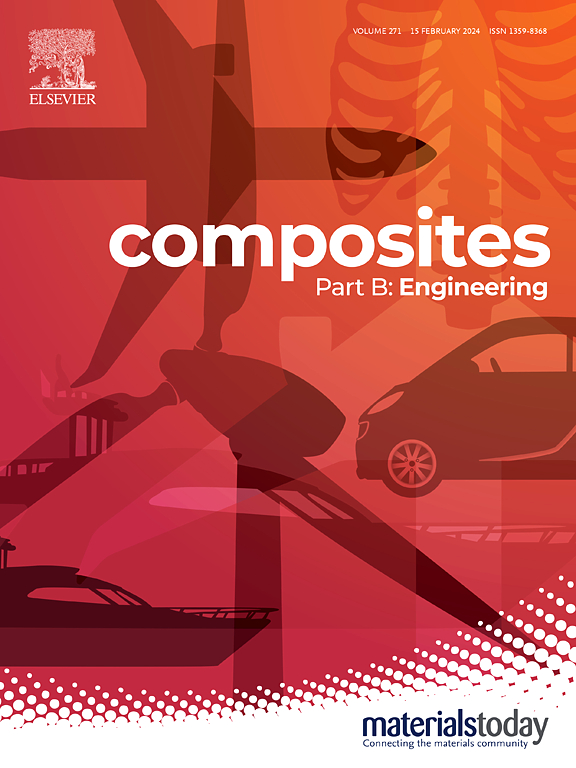Cationic defect engineering induces LOM-enhanced electrocatalysts derived from in situ semi-transformed NiFe-LDH/MOF heterostructure for efficient overall water-splitting
IF 12.7
1区 材料科学
Q1 ENGINEERING, MULTIDISCIPLINARY
引用次数: 0
Abstract
Unraveling the lattice oxygen mechanism (LOM) pathway and its association with inherent electrocatalytic performance is key to designing electrocatalyst for water-splitting but unfortunately remains elusive. Herein, a 3D nanoflower-like NiFe-LDH/MOF heterostructured electrocatalyst based on MXene is successfully prepared by an in situ semi-transformation (ISST) strategy. Chemical probe tests and pH-dependent tests indicate that the introduction of defects in the catalysts reduce the energy of the metal-oxygen bond and promote the release of lattice oxygen during the OER process, further enhancing the LOM pathway. Density Functional Theory (DFT) calculations also demonstrated that electronic coupling at heterogeneous interfaces and defect engineering optimised the adsorption process of the reaction intermediates and markedly improved the intrinsic catalytic activity. As expected, the catalysts exhibited good electrochemical performance, with HER and OER requiring only 143 mV and 176 mV. In addition, the overall water-splitting tests indicate that merely 1.55 V of cell voltage is needed for the catalyst to attain a current density of 10 mA cm−2. Excellent stability is also observed at high current densities, demonstrating its potential to be used as a bifunctional catalyst for large-scale industrialized applications.

求助全文
约1分钟内获得全文
求助全文
来源期刊

Composites Part B: Engineering
工程技术-材料科学:复合
CiteScore
24.40
自引率
11.50%
发文量
784
审稿时长
21 days
期刊介绍:
Composites Part B: Engineering is a journal that publishes impactful research of high quality on composite materials. This research is supported by fundamental mechanics and materials science and engineering approaches. The targeted research can cover a wide range of length scales, ranging from nano to micro and meso, and even to the full product and structure level. The journal specifically focuses on engineering applications that involve high performance composites. These applications can range from low volume and high cost to high volume and low cost composite development.
The main goal of the journal is to provide a platform for the prompt publication of original and high quality research. The emphasis is on design, development, modeling, validation, and manufacturing of engineering details and concepts. The journal welcomes both basic research papers and proposals for review articles. Authors are encouraged to address challenges across various application areas. These areas include, but are not limited to, aerospace, automotive, and other surface transportation. The journal also covers energy-related applications, with a focus on renewable energy. Other application areas include infrastructure, off-shore and maritime projects, health care technology, and recreational products.
 求助内容:
求助内容: 应助结果提醒方式:
应助结果提醒方式:


